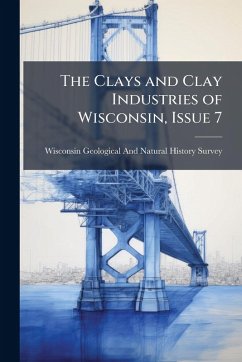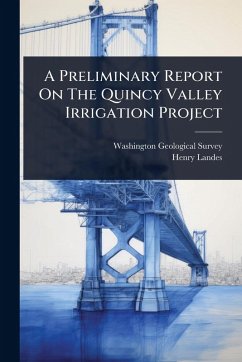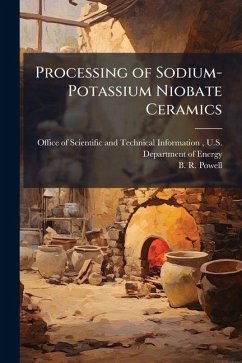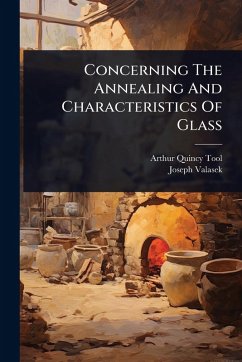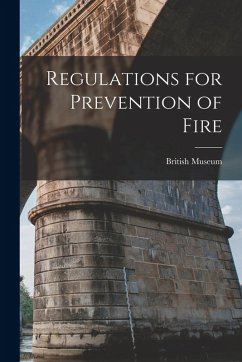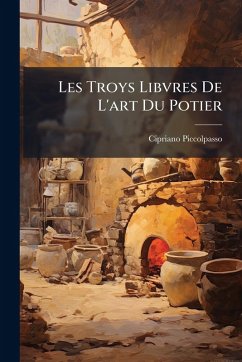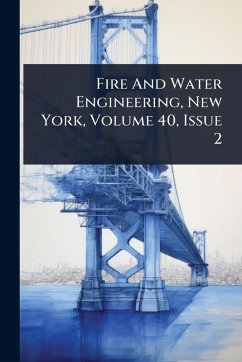
An Investigation Of Iowa Fire Clays

PAYBACK Punkte
13 °P sammeln!
"An Investigation Of Iowa Fire Clays" presents a detailed study of the geological composition and properties of fire clays found in Iowa. Authored by Milton Ferdinand Beecher, this work provides valuable insights into the characteristics, distribution, and potential applications of these clays. It is an essential resource for geologists, ceramic engineers, and materials scientists interested in the industrial uses and regional geology of Iowa's natural resources. The investigation covers various aspects of the clays, including their mineralogical makeup and suitability for different industrial...
"An Investigation Of Iowa Fire Clays" presents a detailed study of the geological composition and properties of fire clays found in Iowa. Authored by Milton Ferdinand Beecher, this work provides valuable insights into the characteristics, distribution, and potential applications of these clays. It is an essential resource for geologists, ceramic engineers, and materials scientists interested in the industrial uses and regional geology of Iowa's natural resources. The investigation covers various aspects of the clays, including their mineralogical makeup and suitability for different industrial purposes. This work has been selected by scholars as being culturally important, and is part of the knowledge base of civilization as we know it. This work was reproduced from the original artifact, and remains as true to the original work as possible. Therefore, you will see the original copyright references, library stamps (as most of these works have been housed in our most important libraries around the world), and other notations in the work. This work is in the public domain in the United States of America, and possibly other nations. Within the United States, you may freely copy and distribute this work, as no entity (individual or corporate) has a copyright on the body of the work. As a reproduction of a historical artifact, this work may contain missing or blurred pages, poor pictures, errant marks, etc. Scholars believe, and we concur, that this work is important enough to be preserved, reproduced, and made generally available to the public. We appreciate your support of the preservation process, and thank you for being an important part of keeping this knowledge alive and relevant.




